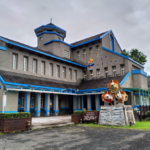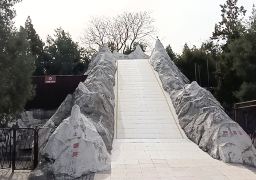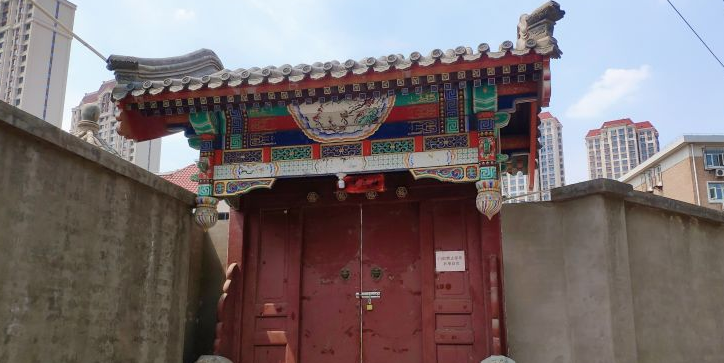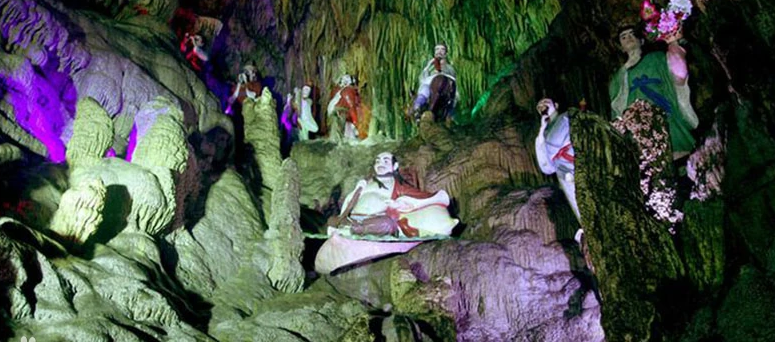Zhongtai Museum of Art has long been contemplating and exploring urban architectural issues. The exhibition ‘The Generation of Taiwan Architecture Post-Martial Law’ aims to comb through the development, changes, and significant events in Taiwan’s architecture from 1980 to 2010, understanding how Taiwan’s architecture has evolved to the present day.
Zhongtai Museum of Art has long been contemplating and exploring urban architectural issues. This exhibition is curated by Gong Shu Zhang as the chief planner, with a research team consisting of Wang Zeng Rong, Wu Guang Ting, Guo Wen Liang, Zhan Wei Xiong, Chu Rui Ji, Wang Jun Xiong, and Lin Fang Hui, working together with the Zhongtai Museum of Art team to plan this exhibition. It focuses on the ‘Post-Martial Law Generation,’ referring to architects born in Taiwan around 1963 and who completed their university architectural education around 1987, the time of martial law lifting.
This exhibition highlights the non-traditional, non-inherited ‘discontinuity’ characteristics demonstrated by the works or actions of this Post-Martial Law Generation. It organizes a special group portrait of the Post-Martial Law Generation from the perspectives of exhibitions, media, and design, and attempts to debate the new values they represent and how their reversing force has changed Taiwan’s architecture.
Is this collective reversing force inevitable or accidental? Under the surge of dramatic social changes, does it inevitably provide opportunities for this group to face the transformation of the times, strive for freedom and liberation, and thus become a wave of reversing forces? Or is it this group’s own will that creates a new horizon? The proposition of ‘The Generation of Taiwan Architecture Post-Martial Law’ is not a political question, nor is it intended to erect a monument for a specific subject. Instead, it hopes to outline our preliminary understanding of the rich and diverse development of Taiwan’s architecture by looking back and combing through the relationship between the individual and the era during this transformation.
The exhibition is open from 08/31 to 01/12, with performance times and durations subject to the venue.
Taipei, Taiwan: The Generation of Taiwan Architecture Post-Martial Law Exhibition
Zhongtai Museum of Art has long been contemplating and exploring urban architectural issues. The exh[...]









